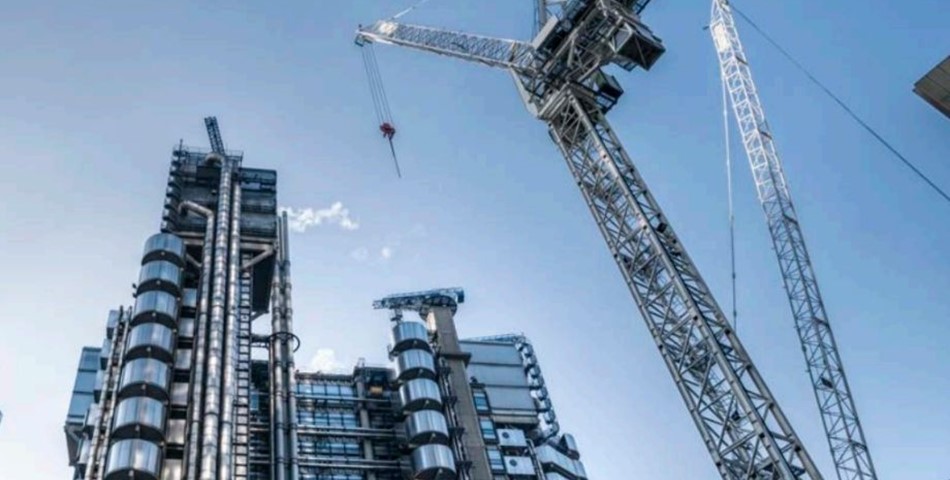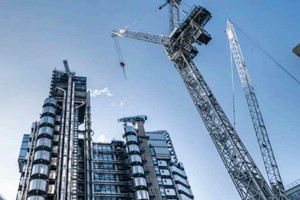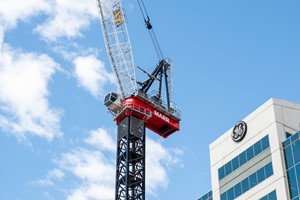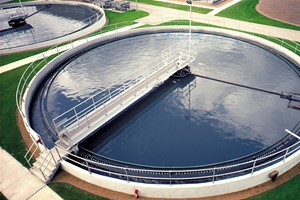Worsening skill shortages will be “the challenge of the decade” for Australia’s under-pressure construction industry, a new report has warned.
Construction job vacancies have increased by a massive 80 per cent since late 2019.
It is forecast that by 2023 there will be more than 100,000 unfilled roles in the sector.
“This will be almost 50 per cent greater than the number of people who are expected to be qualified to fulfil them,” global consultancy Arcadis said in its latest construction costs index report.
“As confidence returns to the construction sector, it urgently needs to focus on becoming a more resilient industry investing in digital, modern methods of construction and practical measures to improve sustainability.”
It also said while public investment works were not yet in full swing and were a work in progress, planned infrastructure investments were likely to put even more strain on resources translating to further inflationary pressure.
Arcadis’ executive director of cost and commercial management Matthew Mackey said a severe shortage of construction workers will present a huge challenge to the industry in the future
“Construction has largely recovered from the pandemic, but that recovery is coming with an inflationary cost,” he said.
“Skills shortages will only get worse, and this will become the challenge of the decade.
“Businesses that invest in the industry’s transformation will find themselves in a market-leading position in an industry that underpins the Australian economy.”
Arcadis’ 2022 International Construction Costs Index, ranking the relative cost of construction in 100 cities, showed that while Sydney remained the most expensive Australian city for construction in 2021 its global ranking of 40 was down 11 places on the previous year.
Melbourne came in at 49 (down from 41 in 2020), Brisbane at 50 (down from 42 last year), Adelaide at 60 (down from 55) and Perth at 61 (down from 45).
The top 10 most expensive cities remain largely unchanged except London now has the world’s highest construction costs, bumping Geneva down to the No. 2 spot, followed by Oslo, New York City, Copenhagen, San Francisco, Zurich, Munich, Hong Kong and Macau.
Mackey, said the downward drift of Australian cities in the rankings was due partly to the depreciation of the local currency against the US dollar but also disruption to demand patterns from Covid and heightened competitive pressures resulting in cost rises being absorbed in the supply chain.
“The 2022 rankings don’t mean that it has become cheaper to build in Australia, but rather that the cost of doing so did not increase as much as in other cities, in US dollar terms,” he said.
Mackey said the biggest issue for construction costs in the near term was fluctuating energy and commodity prices, which flow through directly to key materials like steel, timber and concrete.
Nevertheless, he said skills and labor shortages would be “the defining issue for the construction sector over the next decade”.
According to the latest Reserve Bank of Australia Financial Stability Review, the construction sector accounted for almost a quarter of insolvencies in 2021 and was facing a higher level of uncertainty and unpredictability than most other industries.
“More than a fifth of businesses with low cash buffers were in the construction sector, consistent with delays due to shortages of both building materials and labor, as well as a sharp rise in input costs,” it said.














